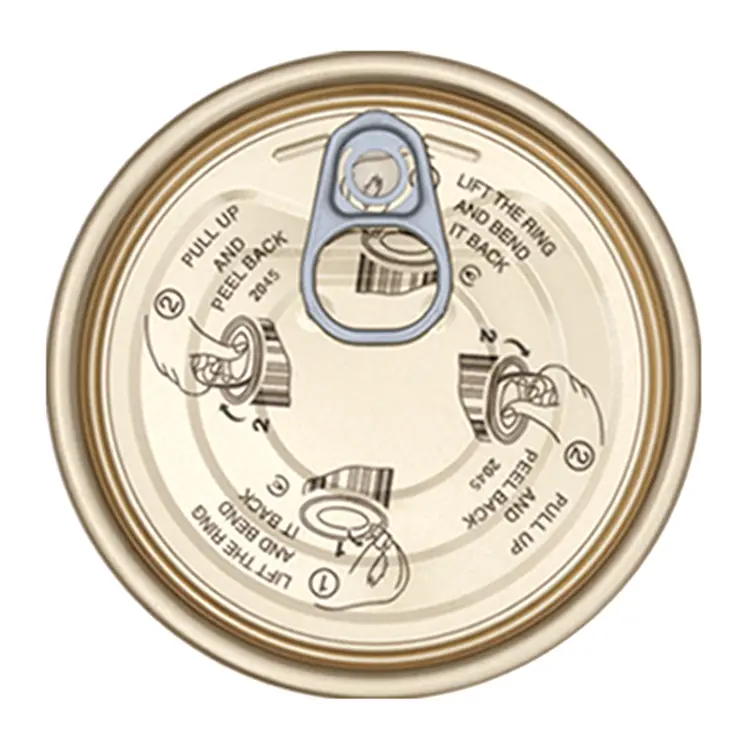In today’s global food industry, packaging plays a critical role in ensuring product quality, safety, and shelf life. Tinplate food packaging has emerged as a trusted solution for manufacturers, retailers, and distributors due to its durability, versatility, and eco-friendly profile. For businesses in the food supply chain, understanding the benefits and applications of tinplate is key to maintaining competitiveness.
What Is Tinplate Food Packaging?
Tinplate is a thin steel sheet coated with tin, combining the strength of steel with the corrosion resistance of tin. This makes it an excellent material for food packaging, offering:
-
Strong barrier protection against light, air, and moisture
-
Resistance to corrosion and contamination
-
High formability, enabling different packaging shapes and sizes
Advantages of Tinplate Food Packaging for Businesses
Tinplate is not only practical but also highly beneficial for B2B food industry stakeholders:
-
Extended Shelf Life – Protects food from spoilage and contamination.
-
Durability – Withstands transportation, stacking, and long storage times.
-
Sustainability – 100% recyclable and reusable, meeting global green packaging standards.
-
Versatility – Suitable for canned foods, beverages, sauces, confectionery, and more.
-
Consumer Safety – Provides a non-toxic, food-grade protective layer.
Applications of Tinplate in the Food Industry
Tinplate packaging is widely used across multiple food categories:
-
Canned Vegetables & Fruits – Keeps nutrients and freshness intact.
-
Beverages – Ideal for juices, energy drinks, and specialty drinks.
-
Meat & Seafood – Ensures safe preservation of protein-rich products.
-
Confectionery & Snacks – Enhances branding with attractive printing and design options.
Why B2B Companies Prefer Tinplate Packaging
Businesses choose tinplate food packaging for both practical and strategic reasons:
-
Consistent product quality ensures fewer complaints and returns.
-
Cost-effective storage and shipping due to lightweight yet sturdy material.
-
Strong branding opportunities with customizable printing.
Conclusion
Tinplate food packaging is a proven, reliable solution that balances food safety, durability, and sustainability. For B2B companies in the food supply chain, adopting tinplate packaging means stronger brand trust, reduced environmental impact, and better market competitiveness.
FAQ
1. What makes tinplate suitable for food packaging?
Tinplate combines steel’s strength with tin’s corrosion resistance, offering excellent barrier protection for food products.
2. Is tinplate food packaging recyclable?
Yes. Tinplate is 100% recyclable and widely reused in sustainable packaging systems.
3. Which foods are commonly packaged in tinplate?
It is widely used for canned fruits, vegetables, beverages, meat, seafood, and confectionery.
4. How does tinplate compare to other packaging materials?
Compared to plastic or paper, tinplate provides superior durability, food safety, and recyclability.
Post time: Sep-26-2025








